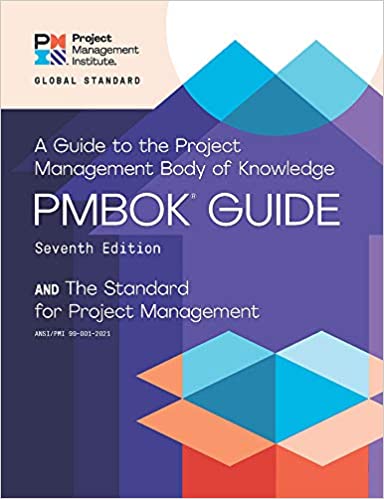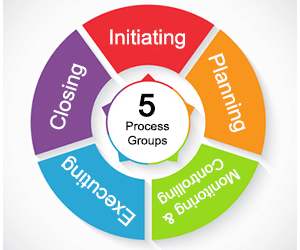PMBOK
Origins
PMBOK was started in 1969. It was founded to provide a forum for professionals to share information and discuss problems in the management field. It was considered as a crucial tool for prospective project managers to test and showcase their ability to perform their duties.

https://www.visual-paradigm.com/guide/pmbok/what-is-process-groups-and-knowledge-areas-in-pmbok/

What is the PMBOK methodology ?
PMBOK is technically not a methodology but rather an industry framework that incorporates best practices in project management.
It is often associated with the waterfall methodology,, which aligns project stages in a sequential approach, but it is also compatible with newer methodologies such as Agile .
The PMI does not advocate for any particular methodology as the processes of PMBOK can be tailored to suit a variety of project management situations managers select what they need for their respective companies, teams, and projects
Furthermore, Pmbox referred to the Project Management Body of knowledge. It is the set of processes, best practices, terminologies and guidelines that are accepted as standards in the project management industry. The body of knowledge is constantly growing as practitioners discover new methods or best practices. Therefore, it needs to be updated and disseminated.
PMBOK guide : it is an instructional book that includes foundational standards, guidelines, and terminology to help industry professionals manage multiple projects.
The PMBOK Guide is intended to be a “subset of the project management body of knowledge that is generally recognized as a good practice.
Processes overlap and interact throughout a project or its various phases.
- Inputs (documents, plans, designs, etc.)
- Tools and Techniques (mechanisms applied to inputs)
- Outputs (documents, plans, designs, etc.)
Process groups :
The five process groups are:
- Initiating: processes performed to define a new project or a new phase of an existing project by obtaining authorization to start the project or phase.
- Planning: Those processes required to establish the scope of the project, refine the objectives, and define the course of action required to attain the objectives that the project was undertaken to achieve.
- Executing: Those processes performed to complete the work defined in the project management plan to satisfy the project specifications
- Monitoring and Controlling: Those processes required to track, review, and regulate the progress and performance of the project; identify any areas in which changes to the plan are required; and initiate the corresponding changes.
- Closing: Those processes performed to finalize all activities across all Process Groups to formally close the project or phase.Origins :
- PMBOK was started in 1969. It was founded to provide a forum for professionals to share information and discuss problems in the management field. It was considered as a crucial tool for prospective project managers to test and showcase their ability to perform their duties.
Knowledge Areas :
- Integration Management
- Scope Management
- Time Management
- Cost Management
- Quality Management
- Human Resource Management
- Communications Management
- Risk Management
- Procurement Management
- Stakeholder Management
